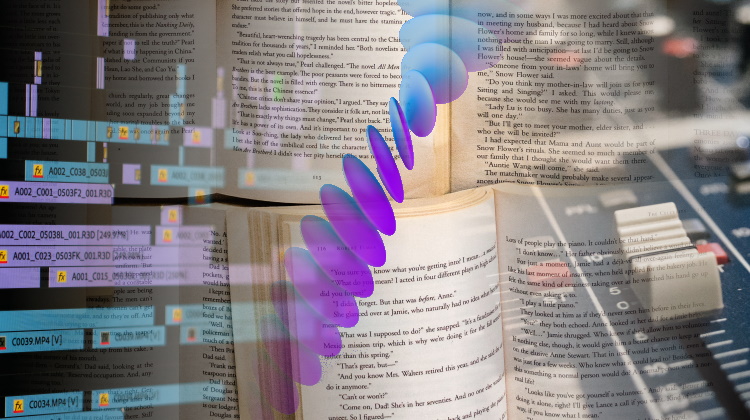
Judging from the information at ebooks.com, somewhere between 15% and 40% of all book sales are digital ebooks. We are clearly trending in the direction of fewer physical books and more digital ebooks. People are slowly changing their habits towards digital reading.
Given the trend toward digital ebooks and the technological capabilities they make possible, why aren’t we seeing immersive, multimedia ebooks? I think that there is a large market of readers who would embrace multimedia ebooks. The problem is that there is no standard format for multimedia ebooks, no marketplace for them, and no device specifically made for them.
We need a standard format for multimedia ebooks. The de facto standard for ebooks is the EPUB format. Once you save a file in EPUB format, you can view it using any ebook reader like Amazon Kindle, B&N Nook, Kobo Libra, or any device with an ebook reader app. But “multimedia ebooks”? Some formats exist, but none have become popular enough to rise to the level of a standard.
We need a marketplace for multimedia ebooks. Several major marketplaces exist for buying and selling ebooks. Amazon, Barnes & Noble, and Kobo come to mind in the United States. Other major ebook marketplaces dominate the markets in other countries. But as far as I know, there is no major marketplace for buying and selling multimedia ebooks.
We need devices and apps dedicated to multimedia ebooks. If you want to read a document, you might open up Adobe Reader. If you want to edit a photograph, you might turn to Adobe Photoshop. If you want to read an ebook, you might use the Amazon Kindle app. But what if you want to read multimedia ebooks? Nothing comes to mind.
Multimedia features are possible with the EPUB format, but there are many practical limitations. A true multimedia ebook format would be more similar to an HTML 5 document than to a Microsoft Word document. Book covers could be animated. The book could contain interactive images where you could get more information or read a side story by tapping on certain portions of the images. Fiction books could have alternate endings depending on factors like when the reader is reading, which side stories they unlocked, or choices the reader made earlier in the book. Multimedia books could have embedded videos, sound clips, links, and images. The size of a multimedia ebook would be measured not only by number of words or pages, but also the number of minutes of video and audio, and the number of images or interactive scenes in the book.
Amazon has already dipped their toes in the direction of multimedia ebooks by introducing the Kindle Fire multimedia device and creating various formats such as MOBI, AZW, and KFX. However, they seem to backing away from the concept recently in favor of more standard ebook readers and formats. Are we going to wait until Amazon disrupts the market again with some form of multimedia ebook? Or will someone else step up to the plate and hit the home run?
Leave a Reply